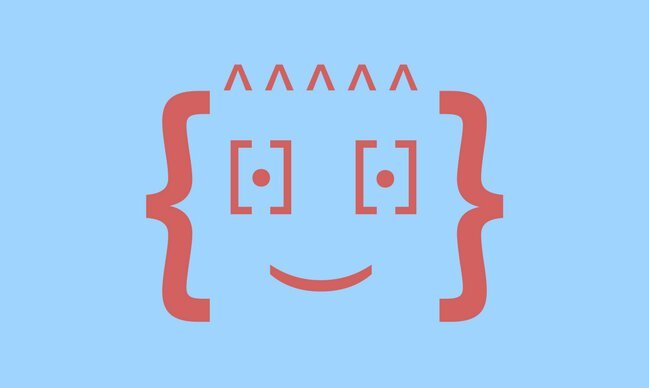One of the biggest international cross-section of comparative tests is the Programme for International Student Assessment (PISA), which measures reading ability, math and science literacy and other key skills among 15-year-olds throughout the world.
The test is taken every three years, the last of which was 2015. In it, the U.S. landed right in the middle, #38 out of 71 countries in math and 24th in science.
Given the push for more technology in the schools over the last decade, these scores can appear disheartening; school budgets have been increased to incorporate new, better, and more computers, platforms, accessibility, and resources. While the scores are deflating, it may not be an indication of a wasted effort; it may simply be too soon to tell.
Consider the following statistics gathered by StatisticBrain in 2015:
98% of schools that have one or more computers in the classroom
3% of schools that have high-speed internet
7% of schools have laptops available
81% of teachers think tablets can enrich classroom learning.
64% of high school seniors say a tablet helps study more efficiently
This doesn’t reflect one-to-one initiatives, which, on a grand scale are relatively low; students are more likely to share devices in a classroom than to have one at every desk. It’s one thing to compare the United States to China or India or Japan with math and science scores alone; quite another to understand the significance of the disparities in access, funding, and challenges the United States must address on a daily basis.
While there are hundreds of technological tools for available to increase the breadth and scope of learning, we are only just beginning to harness the information that will enable teachers to make more of an impact on their students with customized lesson plans. The important thing is to get the hardware and framework in place so that the data can start speaking for itself.
Access to technology will have a huge impact on how students in America engage and compete with the rest of the planet for jobs and opportunities. The sooner and more completely we use technology tools both in teaching and in learning, the bigger the difference we can make in how students understand what they are being taught, and how well they test on the material.
While developing countries are gaining on the West in terms of cell phone and smartphone usage, they, like the rest of us, have a ways to go in incorporating all of its possibilities into our educational experience.
Ready for educational technology to make an impact on your school? Click here to learn more.












